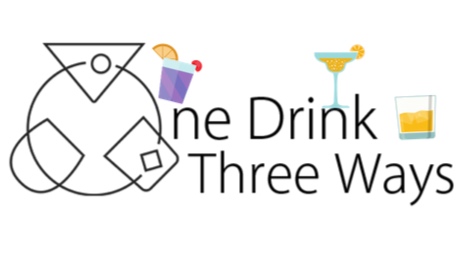Few cocktails strike the perfect balance like a whiskey sour. With its simple mix of lemon, syrup, and whiskey, it’s a drink that has stood the test of time. Like a lot of cocktails, the origins of the whiskey sour are scattered throughout history.
The family of “sour” cocktails can be traced back to 1862, with Jerry Thomas’s guide How to Mix Drinks or The Bon Vivant’s Companion being one of the earliest references to the mix. Originally developed by sailors, a sour mix would feature a base spirit, a sweetener such as syrup, and a bitter citrus fruit juice such as lemon or lime. These were fruits that sailors kept on hand to ward off scurvy and made for excellent pairings with spirits like rum, gin, and, indeed, whiskey.
The oldest recorded reference to a whiskey sour is in an archived copy of the Wisconsin newspaper, the Waukesha Plain Dealer, from 1870. It was later claimed that an English ship steward named Elliott Stubb invented the cocktail while in the Peruvian port city of Iquique. Legends say that Stubb used the uniquely bitter Lemon di Pica from the nearby commune of Pica in his version. However, like all pieces of cocktail lore, this story suffers from a lack of primary sources.
What Ingredients Are in a Whiskey Sour?
The modern whiskey sour is far less picky about its choice of ingredients. According to International Bartenders Association, the classic whiskey sour recipe is:
45ml of bourbon whiskey
25ml of fresh lemon juice
20ml of sugar syrup
Optional: A few drops of egg white
You can also add a slice of lemon and a maraschino cherry for garnish if so desired.
While the IBA calls for bourbon, it’s perfectly possible to make a good whiskey sour with Irish whiskey if you prefer, though this does lack the bourbon’s distinct caramel taste. It’s also possible to use a good Scotch for a Scotch Sour, which, depending on the whiskey used, can lead to a smokier taste. The egg white isn’t necessarily essential; it simply gives the Whiskey Sour a nice creamy texture and offsets some of the bitterness. So, feel free to discard if you prefer.
So, How Do You Make a Whiskey Sour? To make one of these beauties, simply place the whiskey, lemon juice, syrup, and egg white into a cocktail shaker. Do not add ice just yet. A 30-second dry shake (shaking without the ice) will help to create a silky texture and a frothy head, and better balance the flavours in the cocktail.
Add ice and shake for another 10-15 seconds to chill the cocktail before straining it into a chilled lowball glass. And that’s really all there is to the perfect whiskey sour, though, as with all cocktails, there are many variations.
The Best Whiskey Sour Variations
The most famous is likely the New York Sour, which follows the same recipe but with a red wine float atop the mixture. This adds more complexity and fruit-forward notes to the cocktail – the better the wine used, the better the quality of the cocktail.
The Hawaiian Stone Sour adds pineapple juice to the mix for a sweeter tropical taste. Allegedly, this was invented by the “King of Cocktails,” Dale DeGroff, in 2000.
The London Sour is a longer, fruity drink thanks to the addition of 75ml of orange juice and around 5ml of orgeat (almond) syrup. It makes for a sweeter, citrus-packed version of the whiskey sour that has a pleasant almond flavour running through it.
Finally, for the truly adventurous, there is the Whiskey Business, which adds cinnamon syrup and chili liqueur for an extra spicy drink. Depending on your spice tolerance, this one is not for the faint-hearted!
And that’s all you need to know about the whiskey sour. It’s a simple cocktail but with endless opportunities for experimentation. You can mix a hundred of these and they can still surprise you with their range of flavours and textures.
If you have a unique take on this classic cocktail, we would love to hear it! Get in touch on social @thethreedrinkers with your own experiences mixing a whiskey sour or if you have your own signature variation that hasn’t been covered here. Like all the best drinks writers, we are always curious to try something new.
To read more from Liam, make sure you click here!


































